MAC's Believe It Or Not!
Reprinted from "Crown Jewels of the Wire", July 1989, page 22
Believe It Or Not! my column is back after a long vacation. Mrs. Mac says its
time to get writing again, so here comes another article by this Scotsman!
CD 143 has always been a little bit of a puzzlement to me, what with Type I,
Type II, Type III and Type IV listings in the price guides. Imagine my confusion
when Eric Halpin appeared with his CD 143/730 display at the Central Regional in
Cedar Rapids with a representative of each of the ''22'' known mold styles,
Believe It Or Not! Fortunately, Eric was patient with me, and I got a real
education about one of most interesting and pervasive styles in Canadian
insulatordom.
I got some pictures of a few of the styles that I hadn't seen before. Maybe
they'll help clear up any confusion you might have about the small Canadian
beehive.
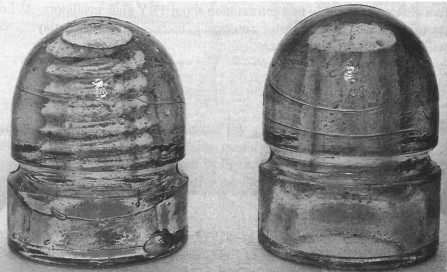
Figure 1. The short style threaded (CD 143) and threadless (CD 730)
counterpart.
Figures 1 and 2 show one of the transitions that the beehive took during its
long history. The threadless beehive appeared in two basic styles: the short
squat style with an almost perfectly spherical dome, and the taller style with a
tapered dome. Each is pictured with its threaded counterpart, an indication that
the early threaded pieces were made with threadless molds and a reworked
plunger. All four of these insulators fall in the scarce to rare category.
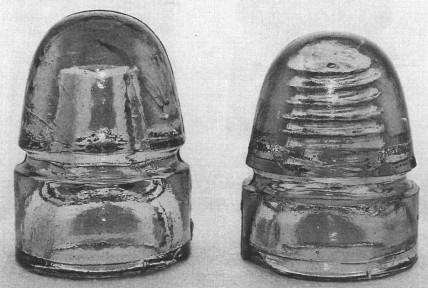
Figure 2. The taller style threadless (CD 730) and its threaded counterpart
(CD 143)
The other transition piece as Canada came into the threaded era is pictured
in Figure 3. It is the double threaded style, with two continuous threads,
offset by 180 degrees, running down the pinhole, as opposed to the normal one
continuous thread, an example of which is pictured on the left. Notice that the
pitch of the threading is much steeper in the double threaded style, meaning
that the thread moves further down the pinhole in a single revolution. I do not
know of any special pins that were manufactured for this style which is
interesting considering the concept of this double threading is very different
from the regular process. This is one of those cases where I wish I could put
color pictures on every page. I've seen a number of these double threaded pieces
in aqua, but this one is a beautiful yellow olive green. Not to be slighted, the
high dome on the left is royal purple.
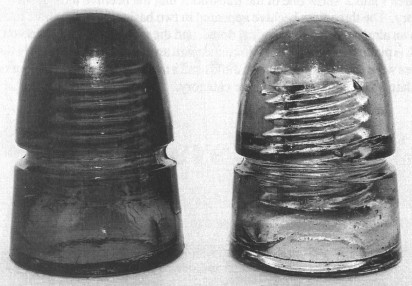
Figure 3. On the left is the high dome (CD 143) in royal purple and
on the
right is the double threaded (CD 143) in yellow olive green.
Enough about the inside of these gems. Let's take a look at the outside
surface. Except for the high dome Withycomb (not pictured), I thought all of the
horizontal withy's came from basically the same mold. Not so! Figure 4. shows
the difference distinctly. The insulator on the left has 16 rings above the wire groove
compared to 19 on the insulator on the right.
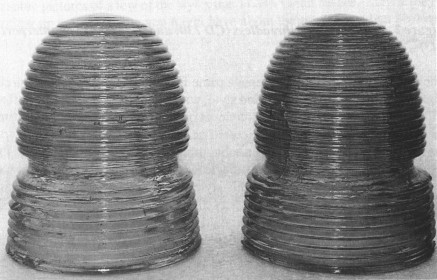
Figure 4. Two horizontal ridges CD 143 showing
the 16 rings (on the left) and
the 19 rings (on the right).
By the way, the spiral ridges
below the wire groove on both pieces have a right hand thread. Figure 5. below shows two
more significant mold varieties. On the left is an insulator with rings both
above and below the wire groove. (Rings make only one circumference of the
insulator, while spirals are continuous all the way down the insulator.) This is
an extremely rare item! And, just to add some complexity to the ridged styles,
the spiral below the wire groove on the insulator on the right has a left hand
thread.
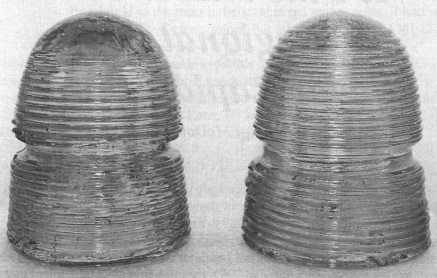
Figure 5. CD 143 (on the left) has "rings" above and below the wire
groove,
while CD 143 (on the right) has "spirals" below the wire
groove with a left hand threading.
Believe It Or Not, that's a lot more than I knew about the small Canadian
beehive just one short display ago. Hope it's been helpful and informative for
you too. Many thanks to Eric for sharing these gems with us.
Just to left you all know, I will be at the Allentown National cleverly
disguised as John McDougald. I will be at the Crown Jewels of the Wire table with
Mrs. Mac and will have my camera ready to take pictures of any of your
"Believe It Or Not" insulators. I hope that you will be attending the
show and will stop by the table to say, "Top o' the morning to you,
Mac!"
| 